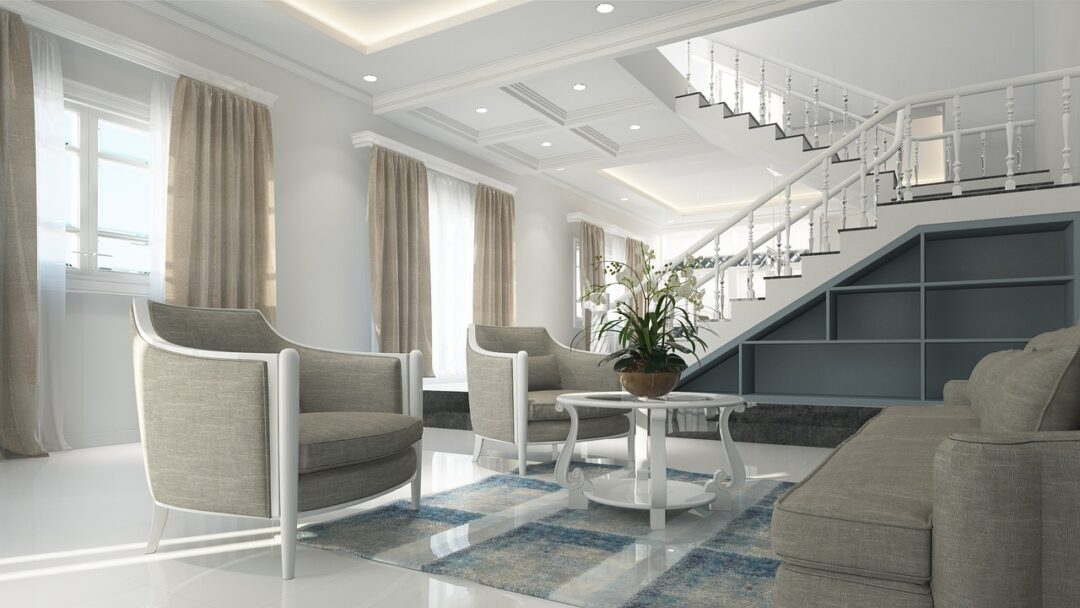Introduction
In the ever-evolving landscape of modern architecture, the integration of interactive 3D design has emerged as an important tool for architects and designers. Interactive 3D design encompasses a range of digital technologies that facilitate advanced visualization, communication, and collaboration in architectural projects. Its development has revolutionized traditional design methods, promoting innovation and efficiency in the architectural industry. Understanding the profound impact of interactive 3D design is essential for architects and industry professionals who want to take their architectural practices to new heights in the digital age.
Enhanced Visualization and Conceptualization
Interactive 3D design tools enable architects to comprehensively visualize and communicate complex design concepts to clients and stakeholders. Using these tools, architects can streamline the decision-making process, provide a clear understanding of design options, and facilitate informed choices during the architectural planning stages.

Improved Collaboration and Communication
Facilitating effective collaboration between architects, designers and project stakeholders, interactive 3D design promotes a harmonious and efficient workflow in architectural projects. Its role in enhancing communication between design teams and clients is important, as it allows clearer communication and better understanding of architectural concepts and project requirements.
Optimized Design Efficiency and Precision
The precision and accuracy provided by interactive 3D design is invaluable in architectural planning, reducing errors and ensuring a seamless design workflow. Through interactive 3D modeling, architects can efficiently perform design iterations and modifications in real time, increasing the overall efficiency of the design process.
Enhanced Client Engagement and Experience
Interactive 3D architectural presentations increase customer engagement by providing a more immersive and interactive experience. Clients can visualize and experience architectural designs in a realistic environment, promoting a deeper understanding and appreciation of the proposed architectural concepts.

Sustainable and Innovative Design Solutions
Interactive 3D design promotes sustainable architectural practices by facilitating the integration of eco-friendly elements into architectural projects. It encourages innovation and creativity, allowing architects to explore new design possibilities and experiment with sustainable architectural solutions.
Advancements in Architectural Education and Training
The integration of interactive 3D design into architectural education enhances students’ practical experience and proficiency in modern architectural design techniques. It fosters a culture of innovation and creativity, preparing students for the evolving demands of the architectural industry.
Impact on the Future of Architecture
Interactive 3D design is set to shape the future of architecture with ongoing advancements and innovations in the field. While presenting new opportunities, it also presents challenges to architects and the architectural industry, requiring a proactive approach to exploit its full potential.
Conclusion
The integration of interactive 3D design has significantly influenced the modern architectural landscape, revolutionizing visualization, collaboration, and sustainable design practices. The adoption of interactive 3D design tools is important for architects and industry professionals looking to foster creativity, collaboration, and architectural excellence in the digital age.







